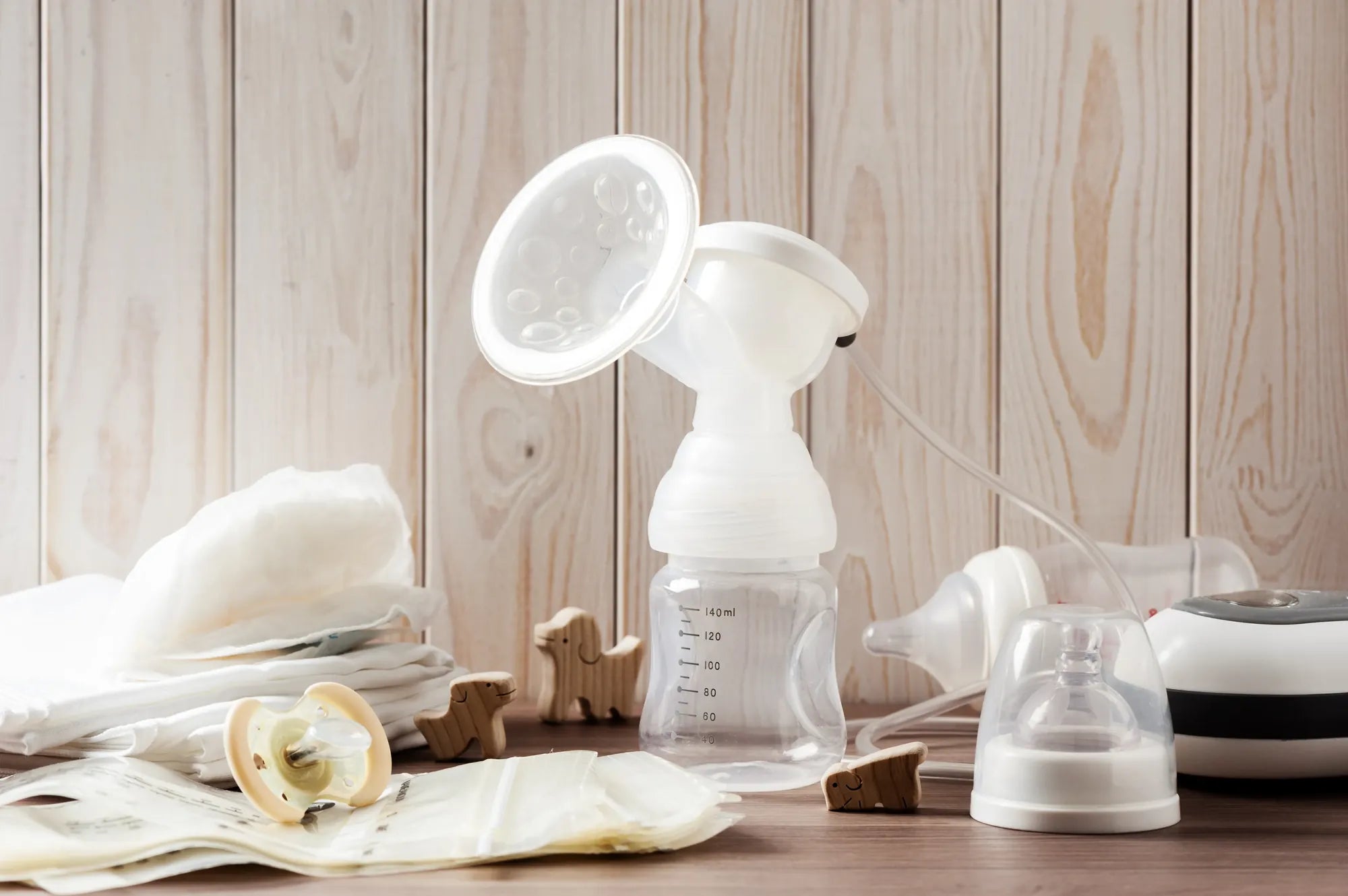Home
Pregnancy, Breastfeeding, and Pumping: The Ultimate Guide for Moms
Should I Pump When My Breasts Tingle? A Comprehensive Guide

Should I Pump When My Breasts Tingle? A Comprehensive Guide
Breast tingling is a sensation that many breastfeeding or pumping mothers experience. It can be both intriguing and concerning, especially for those who are new to the journey of lactation. Understanding what this sensation means and whether you should pump when it occurs is crucial for maintaining your comfort and milk supply. This article dives deep into the reasons behind breast tingling, when to pump, and how to manage this sensation effectively.
What Causes Breast Tingling?
Breast tingling can occur for several reasons. One of the most common causes is the let-down reflex, which is the process of milk being released from the milk ducts. This reflex can be triggered by various stimuli, such as the sound of a baby crying, thoughts of your baby, or even the act of pumping. The tingling sensation is often accompanied by a feeling of fullness or warmth in the breasts.
Another possible cause of breast tingling is engorgement. This happens when the breasts become overly full of milk, leading to discomfort and sometimes pain. Engorgement can occur if you go too long without breastfeeding or pumping, or if your baby is not feeding effectively. In such cases, the tingling sensation may be a signal that your breasts need to be emptied to relieve the pressure.
Should You Pump When Your Breasts Tingle?
The decision to pump when your breasts tingle depends on the underlying cause of the sensation. If the tingling is due to the let-down reflex and you are not planning to breastfeed your baby immediately, pumping can help you collect the milk and prevent leakage. This is especially useful if you are trying to build a stash of breast milk for future use.
On the other hand, if the tingling is caused by engorgement, pumping can provide relief by emptying the breasts and reducing the pressure. However, it is important to pump only enough to relieve the discomfort, as over-pumping can signal your body to produce even more milk, potentially leading to a cycle of engorgement.
How to Manage Breast Tingling Effectively
Managing breast tingling effectively involves understanding your body's signals and responding appropriately. Here are some tips to help you navigate this sensation:
1. Pay Attention to Timing
If you notice that breast tingling occurs at specific times, such as when your baby is due for a feed, it may be a sign that your body is preparing for breastfeeding. In such cases, you can either breastfeed your baby or pump to collect the milk.
2. Use Warm Compresses
Applying a warm compress to your breasts before pumping or breastfeeding can help stimulate the let-down reflex and make the process more comfortable. Warmth can also help relieve the discomfort associated with engorgement.
3. Practice Proper Pumping Techniques
If you decide to pump, make sure you are using the correct technique to avoid discomfort and maximize milk output. Ensure that the pump flange fits properly and that you are using a comfortable suction level. Pumping for too long or with too much suction can lead to soreness and may not be effective in relieving engorgement.
4. Stay Hydrated and Nourished
Maintaining proper hydration and nutrition is essential for a healthy milk supply. Drinking plenty of water and eating a balanced diet can help your body produce milk more efficiently and reduce the likelihood of engorgement.
5. Seek Support if Needed
If you are unsure whether to pump when your breasts tingle or if you are experiencing persistent discomfort, consider seeking advice from a lactation consultant or healthcare provider. They can provide personalized guidance based on your specific situation.
When to Avoid Pumping
While pumping can be beneficial in many cases, there are situations where it may not be the best option. For example, if your baby is breastfeeding effectively and your milk supply is well-established, pumping when your breasts tingle may not be necessary. Over-pumping can lead to an oversupply of milk, which can cause its own set of challenges, such as frequent engorgement and an increased risk of mastitis.
Additionally, if the tingling sensation is accompanied by pain, redness, or swelling, it may be a sign of an infection such as mastitis. In such cases, it is important to seek medical attention rather than relying on pumping to resolve the issue.
Listening to Your Body
Ultimately, the decision to pump when your breasts tingle should be based on your individual needs and circumstances. Paying attention to your body's signals and responding appropriately can help you maintain your comfort and milk supply. Whether you choose to pump, breastfeed, or simply wait for the sensation to pass, the key is to stay attuned to what your body is telling you.
Breast tingling is a natural part of the lactation process, and understanding its causes and implications can empower you to make informed decisions about your breastfeeding or pumping journey. By taking the time to learn about your body and seeking support when needed, you can navigate this experience with confidence and ease.
Breast tingling doesn't have to be a mystery or a source of stress. With the right knowledge and approach, you can turn this sensation into a helpful signal that guides you in managing your milk supply and ensuring your comfort. So, the next time you feel that familiar tingle, you'll know exactly what to do.
Share


